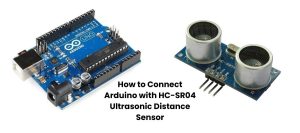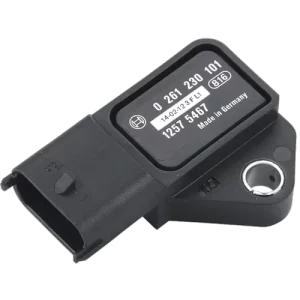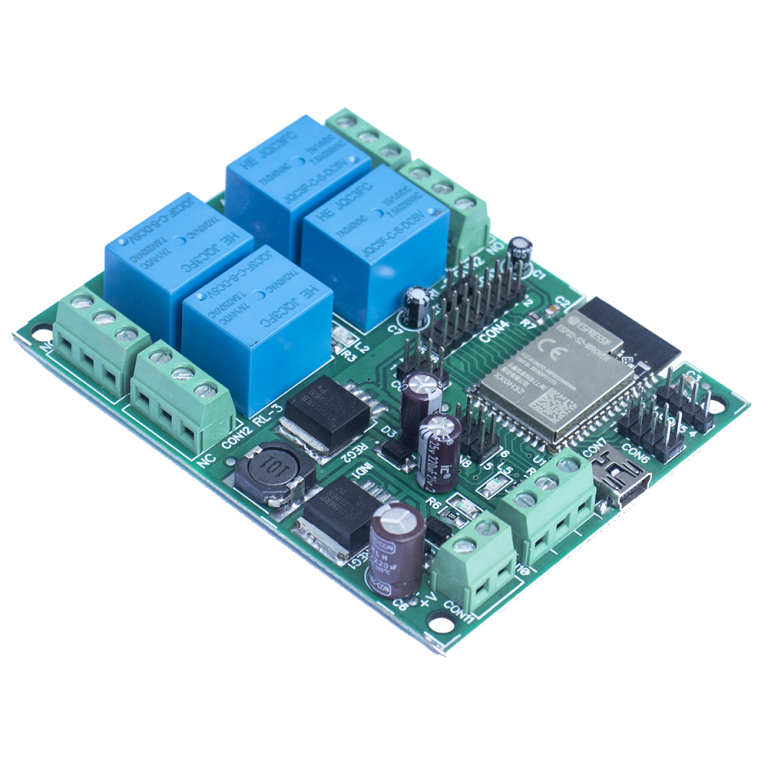Unveiling the Key Attributes of Arduino Boards: A Comprehensive Overview
Exploring Arduino Boards: Unraveling the Intricacies
1. Digital and Analog Input/Output Pins
Arduino boards boast digital and analog input/output pins, enabling seamless interaction with the physical world. These versatile pins facilitate the reading of inputs from sensors, buttons, and other electronic components. Moreover, they empower the boards to send output signals, controlling lights, motors, and various actuators.
2. Memory
Diving into the memory landscape, Arduino boards exhibit various types of memory. Flash memory serves as the repository for program code, while SRAM stores variables and other temporary data during program execution. Additionally, some Arduino boards incorporate EEPROM, a vital component for storing data that persists even when the power is turned off.
3. Power
The power dynamics of Arduino boards offer flexibility through multiple sources, including USB connection, power jack, AC-to-DC adapter, or battery. This adaptability makes Arduino boards suitable for diverse applications and environments, catering to the unique power requirements of different projects.
4. Programming Language
Arduino boards operate on the Arduino programming language, rooted in Wiring, coupled with the Arduino Integrated Development Environment (IDE). This language, known for its user-friendly nature, facilitates easy learning and application, making it accessible to both beginners and seasoned programmers.
5. Inexpensive
Renowned for their affordability, Arduino boards emerge as an attractive option for hobbyists, students, and professionals. The cost-effectiveness, combined with their versatility and user-friendly interface, contributes to their widespread adoption in the maker and electronics communities.
6. Varieties
Arduino boards come in diverse models, each presenting a unique set of features and capabilities. Some models offer more input/output pins, faster processing speeds, and advanced features like wireless connectivity, catering to specific project requirements. This variety ensures that there’s an Arduino board suitable for a wide array of projects and applications.
In Summary
In summary, Arduino boards offer a versatile and accessible platform for electronics prototyping and development. Their array of features makes them suitable for a wide range of projects and applications. Whether you’re a hobbyist, student, or professional, the affordability, ease of use, and versatility of Arduino boards make them a compelling choice in the ever-evolving landscape of electronics innovation.
What is Arduino and how does it work?
8 Channel IR Remote Relay Board – IR-8R-V.
12 Ch IR Remote Relay Board – IR-12C-V.


















